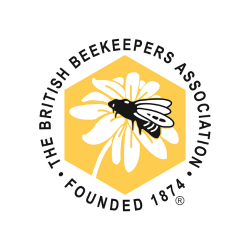
Butterfly Conservation Trust in Louth
Development of the Hallington Apiary
Alongside the Butterfly Conservation Trust, Will from The Lincolnshire Wolds Honey Company has developed the apiary in Louth with not only honey bees in mind but butterflies too...
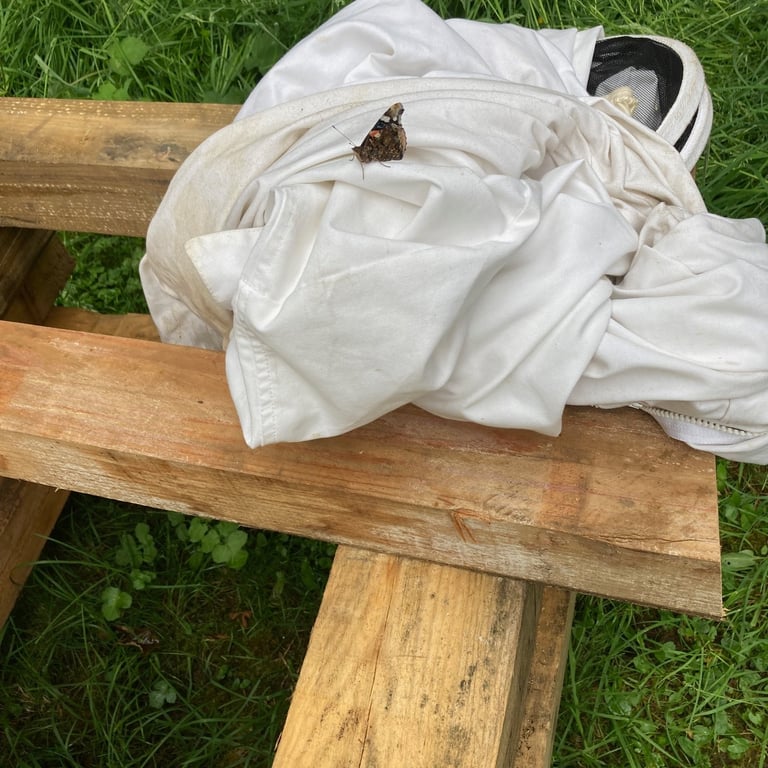
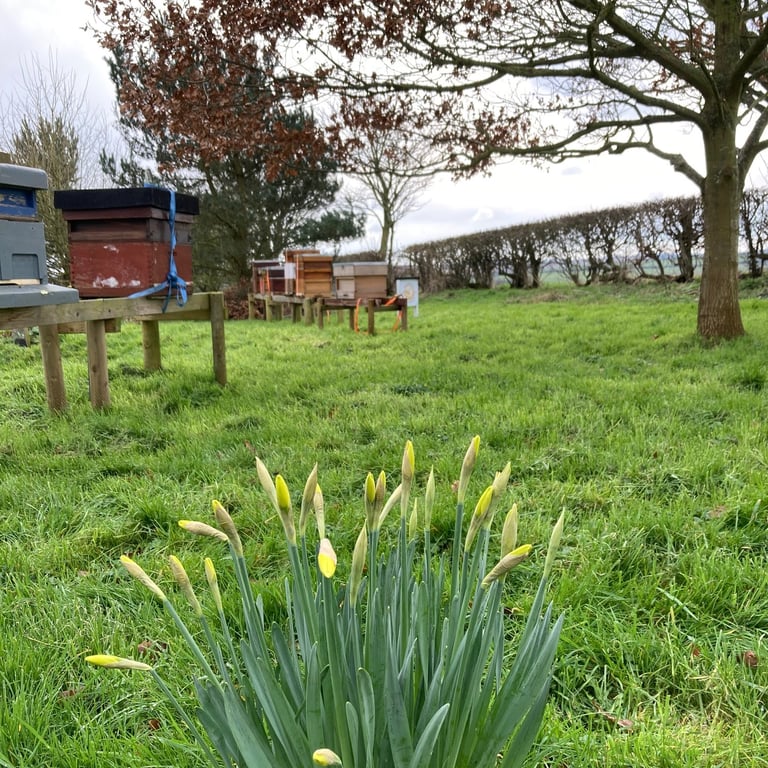

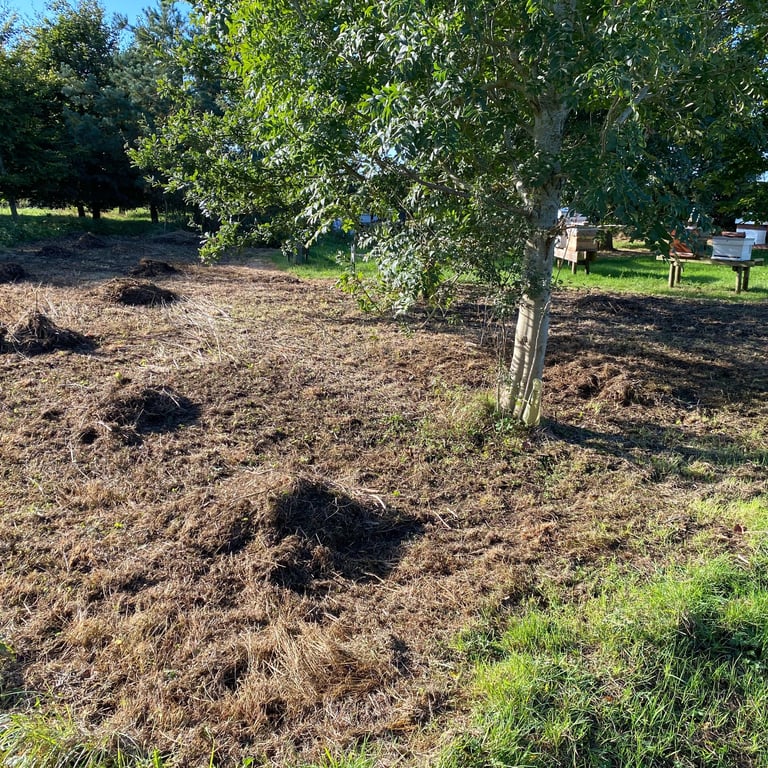
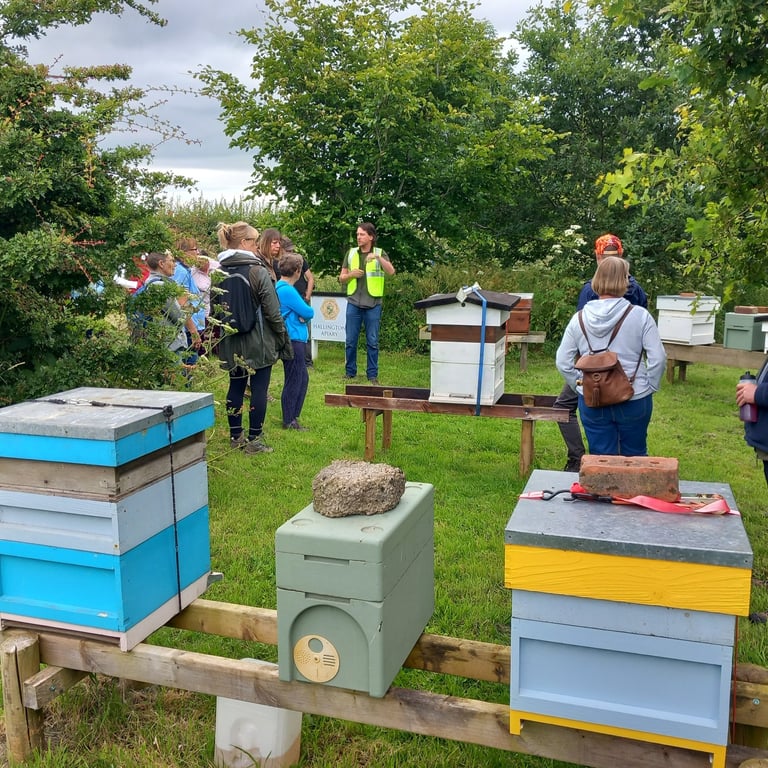
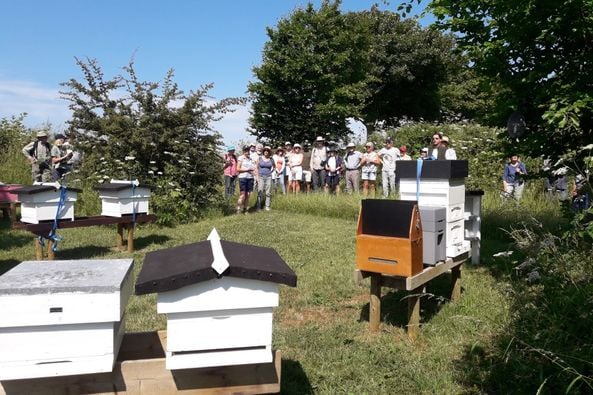






Honey bees and butterflies...
Throughout 2023 and 2024 the Lincs Wolds Honey Co have hosted events at their apiary at Hallington, thanks to the support of Greta Roberts the owner, for beginner beekeepers and specifically the Butterfly Conservation Trust. The Trust’s representative, Laura Gundy has been fantastic in supporting walks at Hallington and offering advice regards planting for Bees and Butterflies. We believe that our sites should benefit as much wildlife as possible from honeybees to bumblebees and solitary bees, hoverflies, butterflies, moths et al.
Helen Gamble of the countryside service has also been key in establishing these events, the first was as a part of the services’ 50th anniversary celebrations. We believe collaboration like this is beneficial for all parties concerned and increases the scope and effectiveness of what we do.
The walks we have run begin with a visit to the apiary, with a short (and safe) introduction to the honeybees, and then a few miles of ambling around farm tracks and grassland looking for butterflies and the habitat they require.
We intend the site at Hallington will be used and promoted as a showcase for other apiaries via visits and social media, to encourage other local beekeeping groups in developing their sites to be beneficial for all wildlife. We’ve been adding tree and shrub species to the site and into the existing hedgerow around the apiary to increase both biodiversity and food sources for a wider array of pollinators – including Purging Buckthorn for Brimstone butterflies.
The management of the site will also promote surveying of butterflies and bees and will help monitor for encroachment of the likes of the Asian hornet.
Now with Wildflower seeds courtesy of Boston Seeds we will be establishing wildflower meadow to provide food for bees and butterflies and overwintering habitat for butterflies, moths and solitary bees. At Laura’s advice we will also be adding native honeysuckle, holly and pignuts. On pignuts, We know from Laura’s recording of the local area that there is a colony of Chimney Sweeper moths in a meadow not far from the apiary, and it would be fantastic to be able to create an extra area of habitat that is suitable for them to see if they will colonise it. For Chimney Sweepers to be able to breed there must be pignut plants available as a larval foodplant.
Once the wildflowers have established, future management of the site will include annual cutting and raking of the meadow areas and less frequent cutting of the hedges.
Laura hopes that if all goes well, and I am sure we will learn lessons along the way, hopefully we can create something that not only benefits pollinators but also will act as a blueprint for other apiaries and small project sites. People will be able to view the site, by appointment, and we will be able to share dos and don’ts for people wanting to create their own pollinator oases.
Currently, as can be seen from the accompanying pictures we are preparing the ground thoroughly for the introduction of the wildflower seed. We are using the bee and butterfly mix, the hedgerow mix and the deep shade mix, all native wildflowers courtesy of Boston Seeds.

